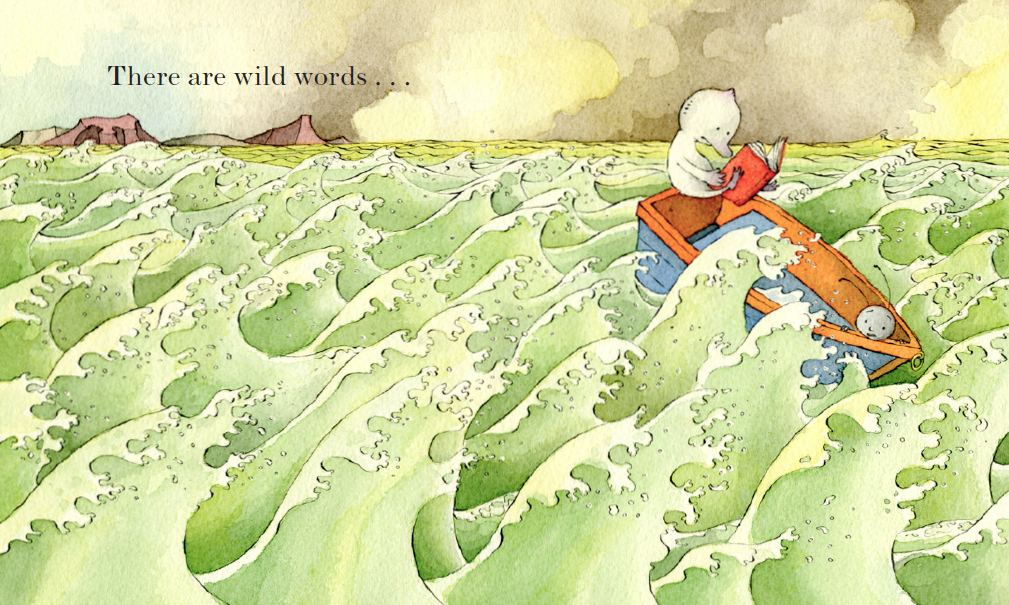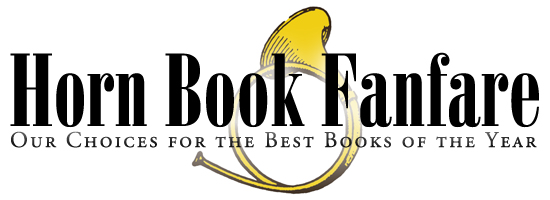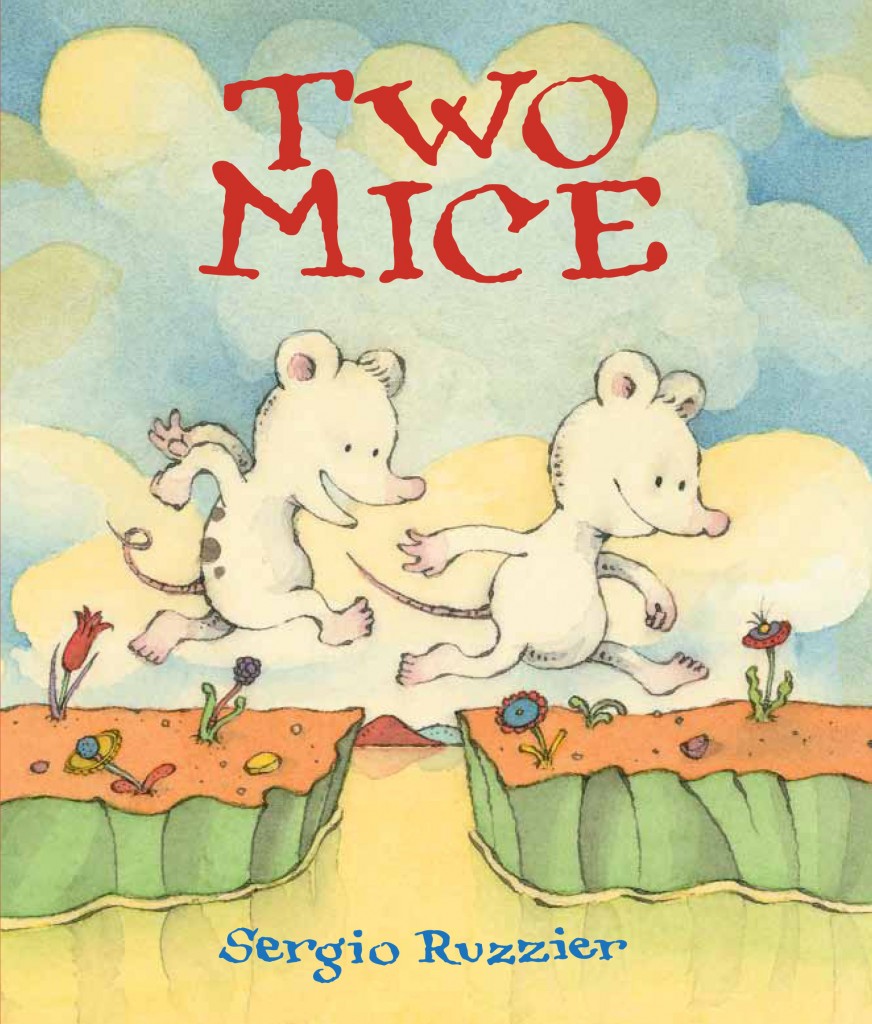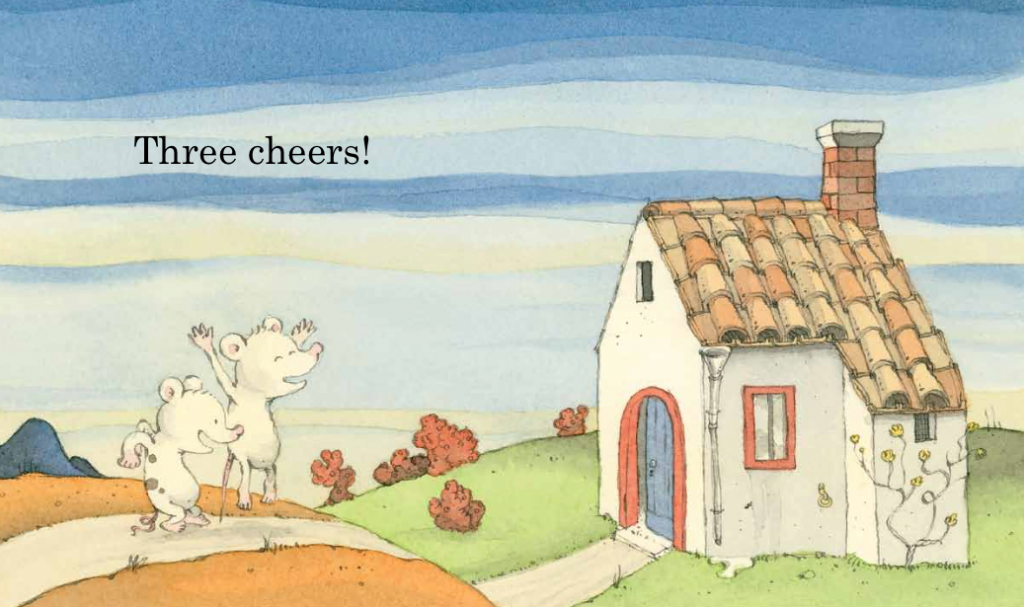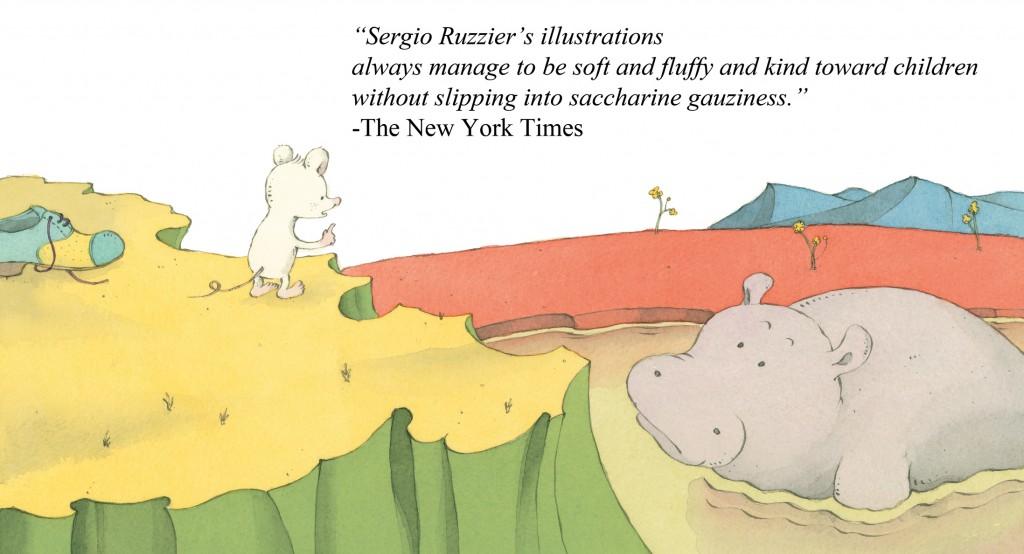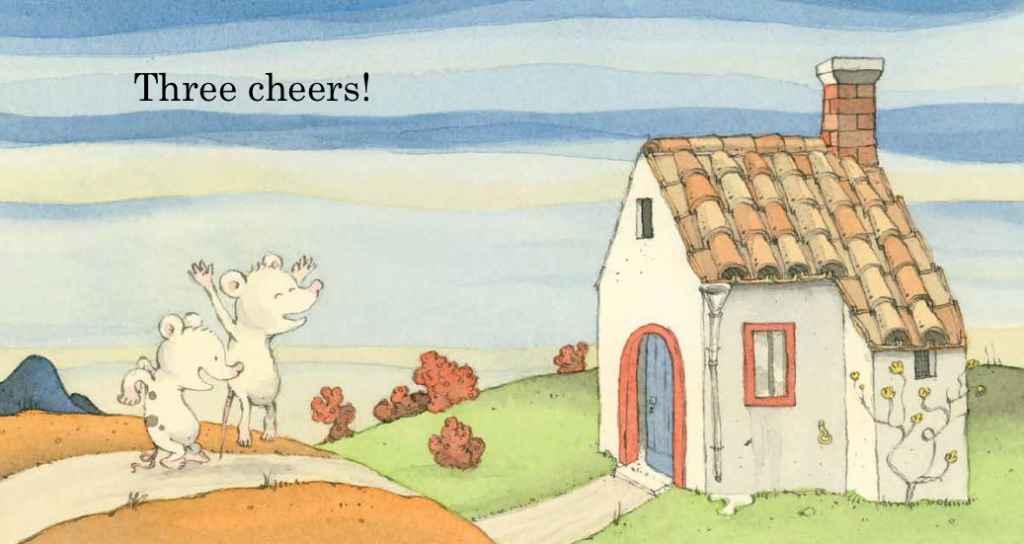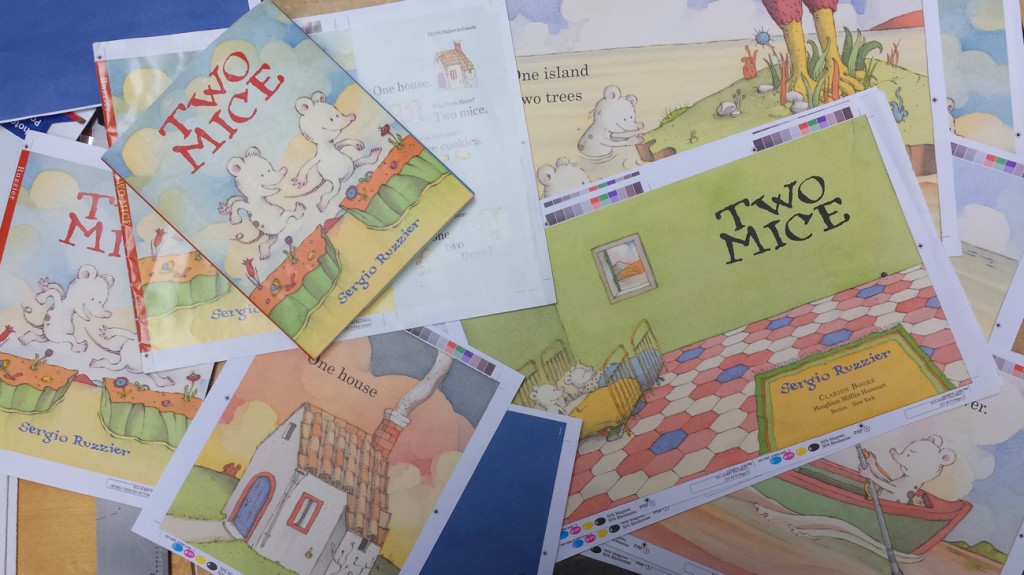Quotes on Two Mice
by •
My new picture book Two Mice came out in September. It is making quite an impression among the international intelligentsia.
Here are some comments, and I’ll keep updating as more will come by:
“TWO MICE are better than one.“—Walter E. Disney
“Sergio Ruzzier’s TWO MICE is mousetastic.” —Beatrix Potter
“I just ♥ how in TWO MICE Mr. Ruzzier lets the pictures tell the story.” –Randolph Caldecott
“The most learned, acute, and diligent student cannot, in the longest life, obtain an entire knowledge of TWO MICE.” –Sir Walter Scott
“If one cannot enjoy reading TWO MICE over and over again, there is no use in reading it at all.” ―Oscar Wilde
“TWO MICE is, like, wow. Just… wow.” —J.M. Barrie
“No man remains quite what he was when he reads TWO MICE.” —Thomas Mann
“Within the covers of TWO MICE are the answers for all the problems men face.” ―Ronald Reagan
“1, 2, 3, 3, 2, 1… That’s insane! TWO MICE is blowing my mind!” —Leonardo Fibonacci
“TWO MICE is fabulous!” —Aesop
“A thorough knowledge of TWO MICE is worth more than a college education.” —Theodore Roosevelt
“There was a good book called Two Mice,
That offered this piece of advice:
When leaping o’er cracks
You should never be lax—
Lest you wind up with less than two mice.” —Edward Lear
“OMG, look at those tiles. The perspective! How does he do it?!” —Piero della Francesca
“Look deep into TWO MICE, and then you will understand everything better.” —Albert Einstein
“I can’t believe those TWO MICE like veggie soup.” —The Subway Pizza Rat
“The first and almost the only book deserving of universal attention is TWO MICE.” –John Adams
Best-books-of-the-year Lists
by •
Two Mice made it into three best-books-of-the-year lists!
I mean four!
Sorry: five!
Two Mice
by •
Since it came out last September, Two Mice has received a lot of attention, including the inclusion in four prestigious best-books-of-the-year lists:
And here’s what people think of the book (click on the links for the full reviews):
“Ruzzier’s surreal landscapes, personable animal characters, elegant story arc, and profound theme combine into something truly award-worthy here.” –Calling Caldecott
“There’s a lot of drama for a book about counting, but that’s not the only stunner. The world Ruzzier creates with his illustrations is so singular, so extraterrestrial that the pictures give the story a sci-fi vibe.” –The Boston Globe
“What a cute, clever way into number sense.” –The New York Times
“Expressive, mildly mischievous pen-and-ink illustrations in soft colors develop details and drama that the words leave out. (…) The book’s creative focus on pattern in plot leaves plenty of room for readers’ imaginations to play a strong role.” –The Horn Book (Starred review.)
“The simplicity of the text means that the earliest readers will soon be able to pick it up and will return to it over and over. One story. Two mice. Three cheers. Lots to love.” –Kirkus (Starred review.)
“A scintillating combination of danger and comfort.” –Publishers Weekly
“Sweetly satisfying.” —School Library Journal
“Two Mice is a brief master class in the picture book form.” –Nine Kinds of Pie
“The inventively undulating narrative structure, the sherbet-like color palette, fantastic tile floors, countless tiny visual surprises–and last but not least, the comfortingly resilient mouse friendship–make Two Mice a standout.” –Shelf Awareness
“A simple and simply lovely book. A sort-o- counting (well, one to three and back again) book and a tiny adventure story too. Absolutely charming.” –Monica Edinger
“Ruzzier’s counting book is a gem.” –Waking Brain Cells
“Using pen and ink and watercolors, Sergio Ruzzier assures a place on the Caldecott list this year (well, I think that should happen).” –Sal’s Fiction Addiction
“Two Mice is a tiny treasure waiting to be found over and over by readers.” –Librarian’s Quest
Read my interview with Julie Danielson at Seven Impossible Things Before Breakfast
Read my guest post on the making of the book on Elizabeth Dulemba’s blog.
Second Star for Two Mice! (One each.)
by •
Julie Roach writes on the Horn Book:
Using only two-word phrases (“One house / Two mice / Three cookies”) and a simple repeating number pattern (one, two, three; three, two, one; one, two, three), this clever book (with an extra-small, preschooler-perfect trim size) creates a fast-paced adventure for listeners and new readers alike. Expressive, mildly mischievous pen-and-ink illustrations in soft colors develop details and drama that the words leave out. For instance, in the pictures, when the two mice “share” three cookies, the spotted mouse gets two cookies, while the plain mouse, miffed, gets only one. Before long, the mice venture out to sea (“Three boats / Two oars / One rower”), and this time it’s spotted mouse who does all the work, while plain mouse takes it easy in the boat’s stern. Soon the situation grows dire — “Three rocks / Two holes / One shipwreck.” They nearly become a raptor’s dinner before managing “One escape.” The two work together as a team after this near- disaster, and “Three carrots / Two onions” lead to a final nourishing “One soup” that both mice are happy to share — equally. Sometimes the pattern leaves the reader with practical questions: how did “One nest / Two eggs” hatch into “Three ducklings,” for instance? But trying to fit together all the pieces is part of the fun, and the book’s creative focus on pattern in plot leaves plenty of room for readers’ imaginations to play a strong role.
One Star for Two Mice!
by •
Kirkus says:
The deceptively simple counting story of two mice, their adventure, and friendship. One morning in Ruzzier’s imaginative and colorful world, two mice wake to explore. The tiny window above the bed beckons: water, mountains, and sky are waiting for these two. Starting before the title and ending on the copyright page, minimal text says all that is needed: “One house / Two mice / Three cookies. / Three boats / Two oars / One rower. / One nest / Two eggs / Three ducklings.” New readers will soon notice the number pattern and slow down to see how the droll illustrations extend the story. For instance, the mouse with one cookie has an angry expression and a rather tightly curled tail, while the loose-tailed mouse looks gleeful as it chows down on two cookies. The sunny rowboat scene is not so sunny for the mouse who has to manage the two oars. By the time the two buddies return to their home, all is forgiven when the delicious soup is served. (And, in a visual nod to Sendak, it is clearly “still hot.”) The small trim size and careful attention to details give this book enormous appeal; the decorative floor tiles, ornamental feet on the kitchen table, and mismatched stools fit right in with the red hills and ever changing sky. The simplicity of the text means that the earliest readers will soon be able to pick it up and will return to it over and over. One story. Two mice. Three cheers. Lots to love.
The New York Times
by •
Whose Shoe?
by •
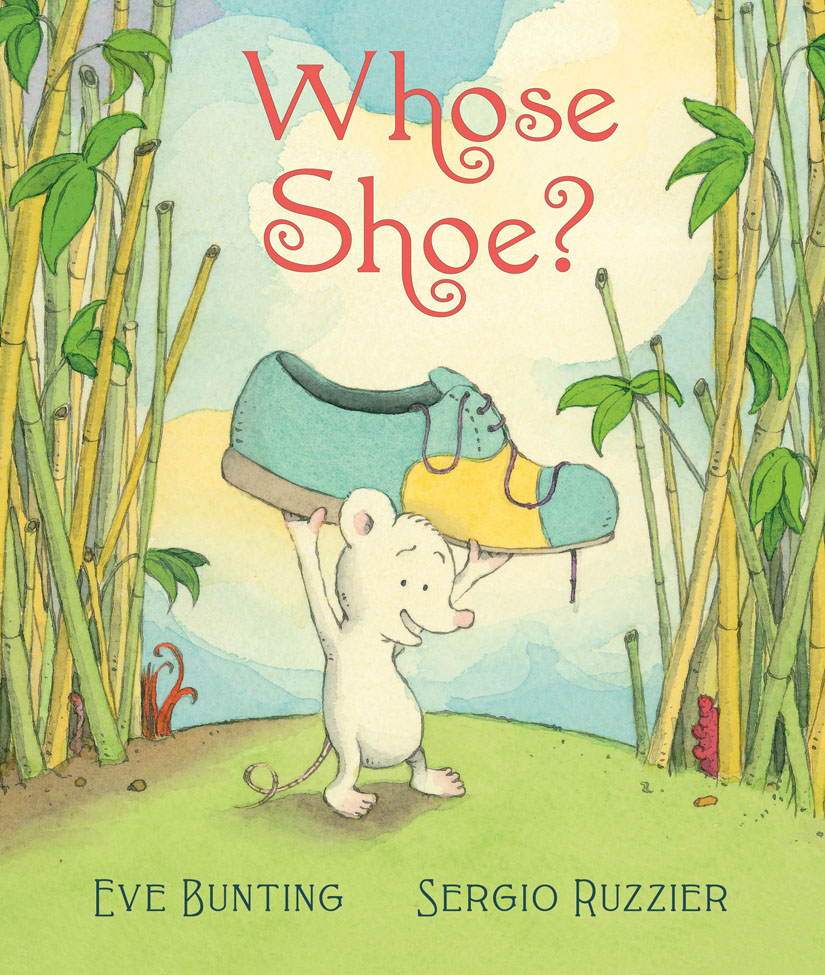 Whose Shoe? was published by Clarion Books in June 2015.
Whose Shoe? was published by Clarion Books in June 2015.

